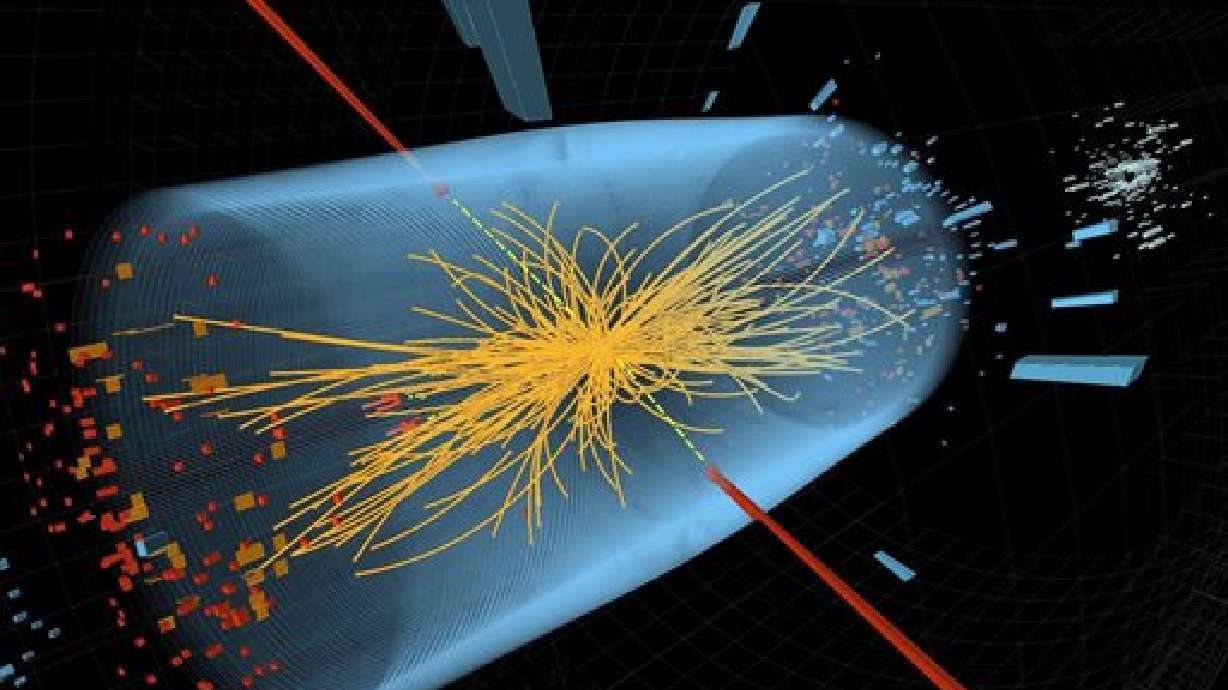Estimated read time: 3-4 minutes
This archived news story is available only for your personal, non-commercial use. Information in the story may be outdated or superseded by additional information. Reading or replaying the story in its archived form does not constitute a republication of the story.
SALT LAKE CITY — Every year science seems to advance faster and faster and this year is no exception. Here are the top 5 discoveries so far this year:
1. The Higgs boson.
The Higgs boson has long been thought to be the source of mass in matter, hence the name, “The God Particle” (sounds like a good movie title, doesn’t it?). First postulated in 1964 by Peter Higgs, the search for the Higgs boson lasted for 48 years until CERN announced the discovery on July 4th, 2012. The discovery of the Higgs boson portends the discovery of the Higgs field, the mechanism by which all particles acquire mass.
2. Graphene desalination of water.
The earth is 73 percent covered in water, most of it salt water. Practical desalination of water has long been a dream of mankind. Graphene is a single atom thick sheet of pure carbon with amazing electrical and structural properties and, as it turns out, is a great filter. The discovery that graphene can be used to separate salt from water could be a momentous turning point for a world running short of fresh water. Graphene is also handy for the distillation of alcohol.

3. The atom's shadowResearchers photograph the shadow of a single atom for the first time. Although this might seem like a non-event compared to Groundhog Day, the implications of this discovery are quite profound. Such experiments can help to build our understanding of atomic physics and quantum computing. Atomic shadow photography could for example, yield a far more precise map of the electron cloud in atoms and molecules.
4. Massive data storage
IBM stores a single bit (a 1 or a 0) in a group of 12 atoms. IBM has long had a reputation for playing with atoms, so it’s no surprise that they have come up with a new storage technology with a handful of atoms. Remember when 1 gigabyte hard drives were a big deal in 1991? Nowadays, a terabyte is easy to come by in a portable hard drive. IBM’s announcement portends storage densities 100 times greater than those available today.
5. Communication with Neutrinos.
Billions of neutrinos pass through the earth every second. A neutrino is a nearly massless, neutrally charged particle that can pass through a light year of lead without hitting anything. Scientists have now learned how to send coherent messages with neutrinos. The rate of data transfer achieved so far was only 0.1 bits per second - a tiny fraction of what we can transfer on the internet today - but this is a start. This is the ultimate solution for an internet connection in the most remote of locations on Earth.
That’s the 5 greatest discoveries so far this year and there are still 4 months to go. Later this year, we’ll explore the 5 biggest predictions for scientific discovery for next year. If you know of other discoveries worthy of mention, feel free to post them in the comments section.
Scott Dunn is an information technology professional and writer living in the Salt Lake City area.








